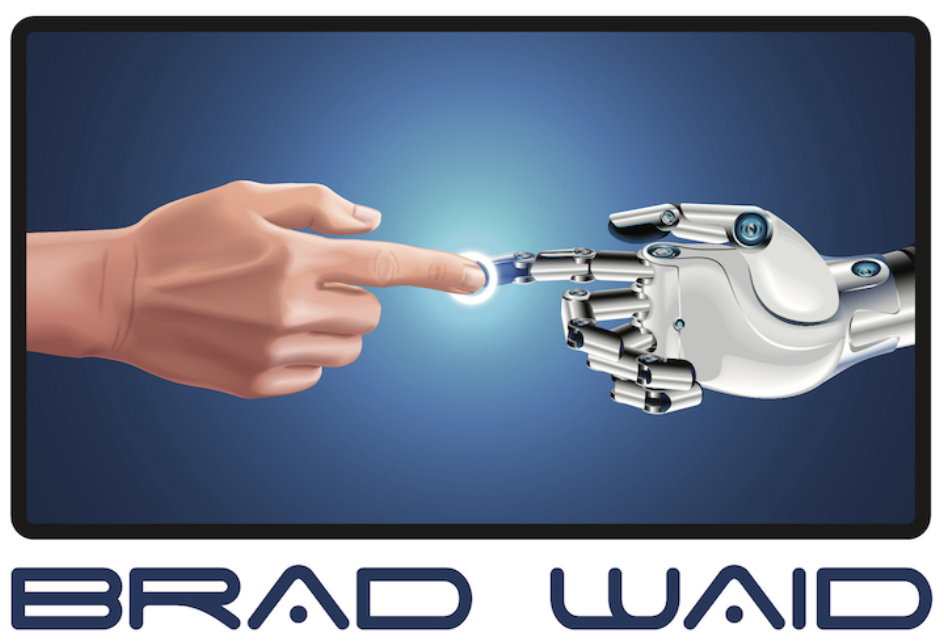Embracing the future - rise of industry 4.0
The Evolution of Industrial Revolutions
The term 'Industry 4.0' symbolizes the fourth industrial revolution, representing a significant shift in the way industries operate. Unlike the three previous revolutions, which introduced mechanization, mass production, and computerization, Industry 4.0 brings a fusion of technologies blurring the lines between physical, digital, and biological spheres.
The Genesis of Industrial Revolutions
The late 1700s marked the beginning with Industry 1.0, harnessing water and steam power for mechanical manufacturing, often referred to as the Industrial Revolution. Fast forward to the early 20th century, Henry Ford pioneered Industry 2.0 with the mass production model and the assembly line for automobiles. Then came Industry 3.0 in the mid-1980s with the introduction of computers into the manufacturing process, a significant leap in technological advancement.
Market Impact
Industry 4.0's market value was an impressive $85 billion in 2020, projected to skyrocket to over $330 billion by 2028. This exponential growth reflects its transformative impact across various sectors.
The Nine Pillars of Industry 4.0
1. Autonomous Robotics: Robots are becoming more autonomous, intelligent, and adaptable, working alongside humans for improved efficiency and safety.
2. System Integration: Integrating business processes and systems within the organization as well as with external partners for a seamless operation.
3. Big Data Analytics: Leveraging large sets of data to uncover patterns, trends, and associations, especially relating to human behavior and interactions, for informed decision-making.
4. Augmented Reality: Enhancing user experiences by superimposing digital information onto the physical world, providing real-time information to improve productivity and training.
5. Additive Manufacturing (3D Printing): Enabling the creation of complex geometries and structures not possible with traditional manufacturing methods, reducing waste and lead time.
6. Cloud Computing: Offering scalable and on-demand access to shared pools of configurable system resources, facilitating collaboration and flexibility in operations.
7. Internet of Things (IoT): Connecting devices over the internet, allowing them to send and receive data, improving monitoring and efficiency.
8. Simulation (Digital Twin): Creating virtual models to simulate, predict, and optimize real-world processes and systems before they are built or changed.
9. Cybersecurity: Protecting information and systems from digital attacks, ensuring the safety and resilience of technologies within Industry 4.0.
The Impact on Business and Daily Life
These nine pillars are reshaping not just manufacturing, but every industry, from transportation to retail. They enhance our everyday experiences, making our lives more efficient and interconnected. With each technological advancement, our personal and professional worlds undergo a revolution of their own.
Conclusion
Industry 4.0 holds incredible potential for innovation and growth. It’s a testament to human ingenuity and our relentless pursuit of improvement. Brad Waid's insights into this pivotal movement provide a glimpse into a future where technology and industry meld to create a world where anything seems possible.
Join the Journey
For a deeper dive into emerging technologies and the exciting world of Industry 4.0, stay tuned for further discussions and analysis. As we continue to explore these advancements, consider how they might shape your industry and personal life. Embrace the journey into the next phase of our industrial evolution.

